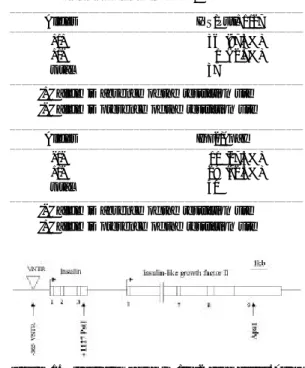The effect of parental imprinting on the INS-IGF2 locus of korean type 1 diabetic patients
전체 글
수치

관련 문서
주식회사 카스 회사소개서 미국 독일 폴란드 터키 인도 방글라데시 베트남
· 50% exemption from tuition fee Ⅱ for the student with a TOPIK score of level 3 and higher or completion the level 4 of higher class of the Korean language program
· 50% exemption from tuition fee Ⅱ for the student with a TOPIK score of level 3 or higher or completion of level 4 or higher class of the Korean language program at the
Since every classical or virtual knot is equivalent to the unknot via a sequence of the extended Reidmeister moves together with the forbidden moves, illustrated in Section 2,
An official school or college transcript that includes that applicant’s date of birth or a foreign school record that is sealed and includes a photograph of the applicant at
웹 표준을 지원하는 플랫폼에서 큰 수정없이 실행 가능함 패키징을 통해 다양한 기기를 위한 앱을 작성할 수 있음 네이티브 앱과
_____ culture appears to be attractive (도시의) to the
【판결요지】[1] [다수의견] 동일인의 소유에 속하는 토지 및 그 지상 건물에 관하여 공동저 당권이 설정된 후 그 지상 건물이 철거되고 새로 건물이 신축된 경우에는